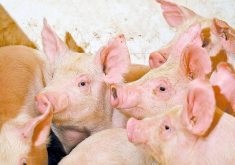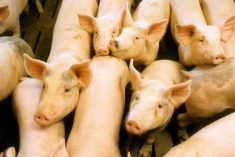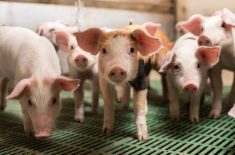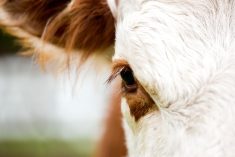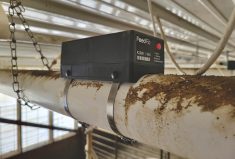It’s a nightmare scenario — but if African swine fever arrived in Canada, the economic consequences would be much harder to deal with than the virus itself.

“African swine fever is a big problem with very big challenges,” Dr. Egan Brockhoff said during a recent virtual presentation.
“Big is an understatement. This is a global problem that has removed over 100 million pigs from the world in the last two years.”
Ever since the infectious disease began laying waste to China’s pig herd (the world’s largest), government and industry officials here have been increasing their efforts to keep it out of the country. They’ve also developed an action plan to contain and eradicate the virus, said Brockhoff, a leading Canadian expert on African swine fever and the veterinary counsellor to the Canadian Pork Council.
That latter effort includes setting up working groups to focus on specific areas, including surveillance and tracking of dead animals, sickness, morbidity and routine veterinary necropsies.
Read Also
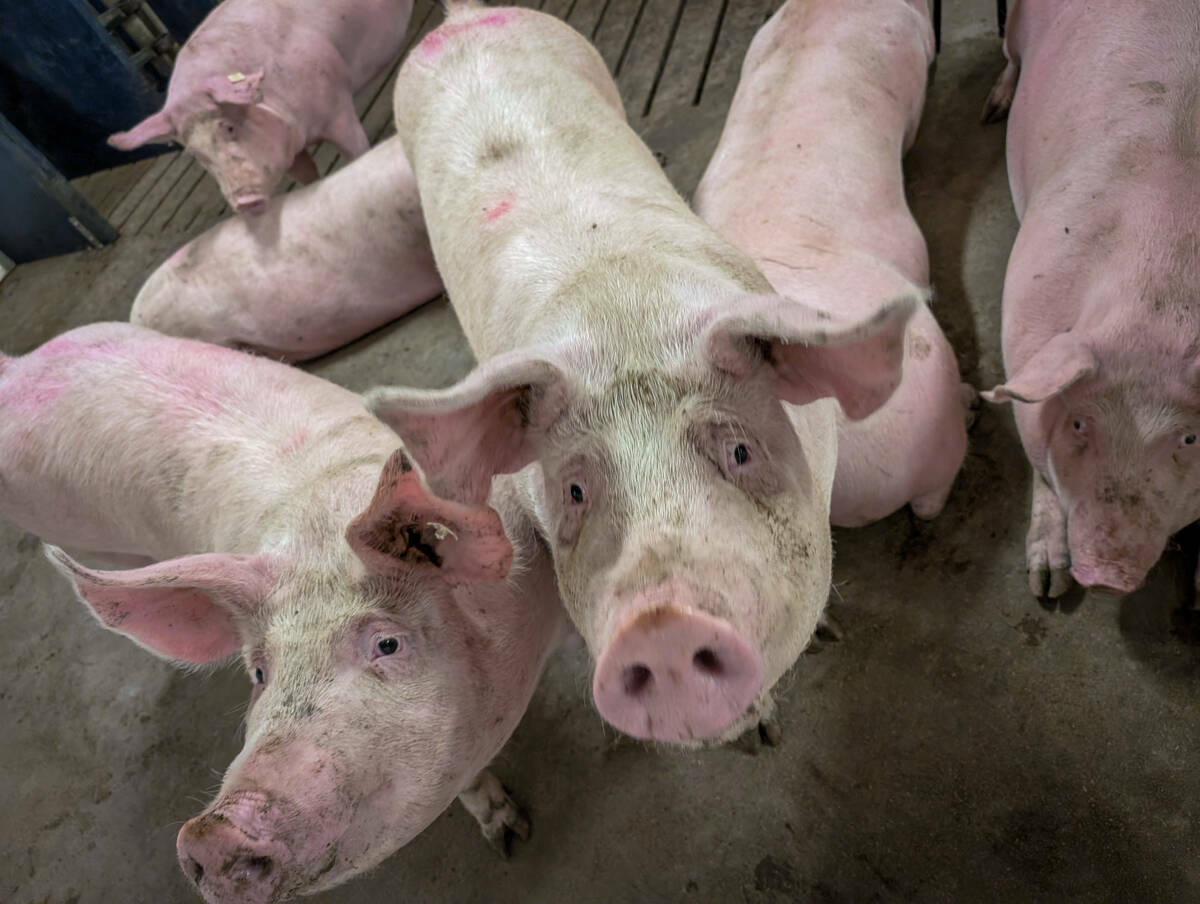
Ottawa pauses update on food from cloned livestock
Health Canada has indefinitely suspended a proposed update to the novel food policy governing foods derived from cloned cattle and swine, as well as their progeny.
The mandatory national PigTrace program is a key part of that, said Brockhoff.
“We have very good compliance within the pork sector on PigTrace, but we’ve made some additional standards above and beyond to ensure that our trading partners would be comfortable with our level of traceability,” he said.
Border security is also critical. The Canadian Food Inspection Agency and Canadian Border Services Agency have stepped up their efforts on that score, including campaigns and inspection efforts targeted at travellers so they don’t bring pork products (which can carry the virus) into the country and temporary foreign agricultural workers.
“Good biosecurity has to extend beyond the farm. It has to extend to the infrastructure that supports the farms,” said Brockhoff.
If African swine fever ever entered Canada, the Canadian Food Inspection Agency would come in and create primary zones around infected sites, and work to eradicate the disease as quickly as possible. Officials are confident such measures will be effective, he said.
“We know that’s what they are going to do and we know that they will successfully be able to do that,” he said.
But the effect on the Canadian hog market would still be devastating.
“While that is happening, our borders are going to close, we’re going to have disruption to our processors, we’re going to have disruption to our markets, and these kind of disruptions create creditor challenges,” said Brockhoff. “We would worry about farmers losing access to money for feed.”
Dealing with that sort of disruption poses all sorts of questions.
“We know the infected site will get cleaned up and resolved,” he said. “(But) what will we do with the rest of the pork sector if the borders are closed for six months? Or one year? What’s the government’s role?
“We know the CFIA has a clearly defined role in the face of a disease outbreak. But what do we do with the surplus of pigs?”
There are no easy answers to those questions.
“It’s complicated and it’s going to be very expensive,” Brockhoff said. “Canada exports 70 per cent of its pork processing. If we look at how difficult it has been to manage pork processing during COVID-19, this could only be exacerbated in a situation like ASF.”
Constant vigilance needed
The swine industry has learned a lot from porcine epidemic diarrhea (PED), which arrived in Canada in 2014, he said. Biosecurity standards have been improved as well as protocols for washing transport trucks, transporter certification, and measures for ensuring any objects capable of carrying a virus — such as vehicles, footwear, and supplies — are all properly accounted for. There has also been more focus on feed, since contaminated feed was a source of PED.
However, those biosecurity measures don’t cover all pigs in the country.
Since PigTrace was implemented, the Canadian Pork Council has learned that there are at least 7,000 small-scale or backyard pork producers in the country who are not audited and who do not participate in quality assurance programs, said Brockhoff, adding the number of small-scale and backyard pork producers continues to grow.
“As we look around the world and see how ASF continues to devastate countries, it is a real challenge for small-lot pork producers,” he said.
All producers need to be on the watch for African swine fever, he added. There is no vaccine for this lethal hemorrhagic virus and symptoms include high fever, vomiting or diarrhea, and telltale blotching on the skin (particularly around the ears and snout).
“You will see blotchy skin, and potentially blood coming out of the nose of the pig,” said Brockhoff.
And while the virus can quickly spread through a herd, it’s not pigs themselves that cause an outbreak.
“Although it is affecting and devastating pigs, human behaviour is moving the virus,” he said.
The virus is now in major pork-producing countries, including China, Russia, the Philippines and Vietnam.
And although it has not yet infected commercial pig herds in Germany, the virus has been confirmed in more than 100 wild boars, all found near the border with Poland. After the first case was confirmed in a wild boar in September, major pork buyers such as China, South Korea and Japan all banned German pork imports. The lost sales have seen the backlog of slaughter-ready pigs hit the 400,000 mark by the end of October and officials say the backlog of market-ready hogs could reach 1.2 million by the end of the year.
The number of countries with the virus has continued to grow during the pandemic, and those in the Canadian pork sector shouldn’t assume it can’t happen here, said Brockhoff.
“No country is safe from this virus,” he said.
— With staff files




